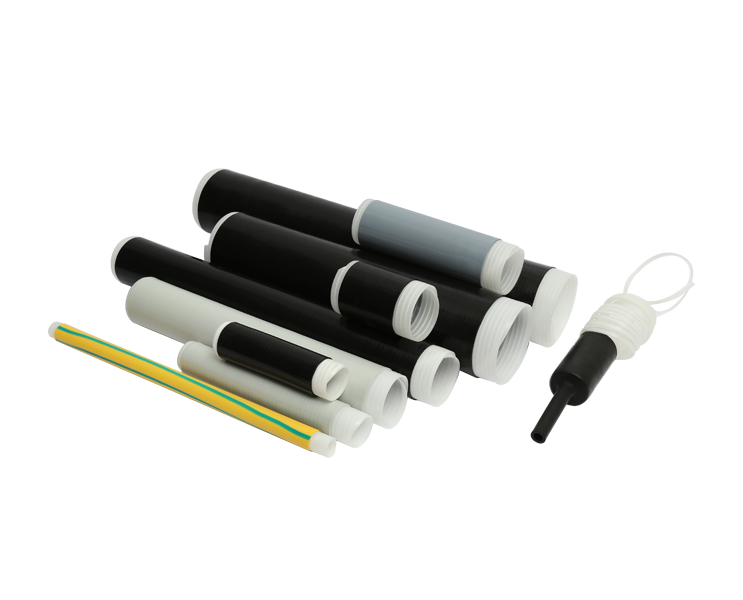Indoor termination kits are essential components in electrical installations, providing reliable and efficient solutions for terminating and sealing cable connections indoors. These kits are designed to ensure electrical safety, prevent moisture ingress, and maintain the integrity of cable terminations in various indoor environments, including commercial buildings, industrial facilities, and residential properties.
Indoor termination kits facilitate seamless cable termination by providing all the necessary components and accessories for completing cable connections indoors. Whether terminating power cables, control cables, or communication cables, these kits include cable glands, lugs, insulation, sealing materials, and other essential components required for a secure and reliable connection. The comprehensive nature of indoor termination kits ensures that installers have everything they need to complete terminations efficiently and effectively, reducing installation time and minimizing the risk of errors.
One of the primary objectives of indoor termination kits is to enhance electrical safety by providing robust and reliable cable terminations. The components included in these kits are designed to withstand electrical stresses, mechanical loads, and environmental factors commonly encountered in indoor applications. By ensuring proper insulation, strain relief, and grounding of cable connections, indoor termination kits help prevent electrical faults, short circuits, and arc flashes that could pose safety hazards to personnel and equipment.
Moisture Resistance and Environmental Protection:
Indoor termination kits are equipped with sealing materials and enclosures that provide protection against moisture ingress, dust, and environmental contaminants. The seals and gaskets used in these kits create a watertight and airtight barrier around cable terminations, preventing water infiltration and corrosion that could compromise the integrity of electrical connections. This moisture resistance is particularly critical in indoor environments where humidity levels may fluctuate, or where cables are exposed to water sources such as plumbing leaks or condensation.
Indoor termination kits find versatile applications in a wide range of indoor electrical installations, including power distribution systems, control panels, switchgear, lighting fixtures, and telecommunications networks. These kits are suitable for use in commercial buildings, industrial plants, data centers, hospitals, educational institutions, and residential complexes. Whether used for new construction projects, renovations, or maintenance activities, indoor termination kits provide a reliable and cost-effective solution for terminating cables in indoor environments.
Indoor termination kits are designed for ease of installation, allowing electricians and technicians to complete cable terminations quickly and efficiently. The kits typically come with detailed installation instructions and diagrams, guiding users through the assembly and connection process step by step. Additionally, many indoor termination kits feature tool-less installation designs that eliminate the need for specialized tools or equipment, further simplifying the installation process and reducing labor costs.
Indoor termination kits are manufactured to meet industry standards and regulatory requirements for electrical safety and performance. These standards, such as UL (Underwriters Laboratories), IEC (International Electrotechnical Commission), and NEC (National Electrical Code), ensure that indoor termination kits undergo rigorous testing and certification to verify their quality, reliability, and compliance with applicable safety standards. By using certified indoor termination kits, installers can have confidence in the reliability and safety of their electrical installations.
Indoor termination kits are engineered for long-term reliability and durability, providing reliable performance and protection for cable terminations over their operational lifespan. The materials used in these kits, such as high-grade plastics, stainless steel, and corrosion-resistant metals, are selected for their durability and resistance to environmental degradation.

 English
English 简体中文
简体中文



